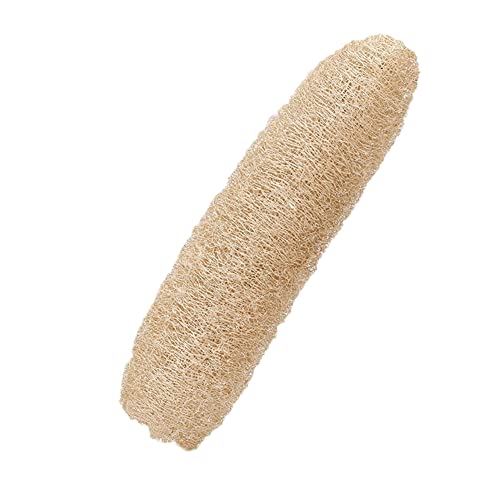If the problem is its activating the pressure switch when you stop the flow then I don't really see a problem in your system? All you need to do is lower your calibration setting as its just set higher than the pressure switch at the moment.
If your calibration is around 70 or more then the PS will always activate first on my experience. I personally don't see this as a problem as I think the controllers auto calibration setting is too low to work efficiently with. I know window cleaners who don't even use a controller so for them it will always activate the PS.
If you had an obstruction in your system you would be able to tell with the flow on.
If I understand what your saying I think your looking for a problem that is not there
If your calibration is around 70 or more then the PS will always activate first on my experience. I personally don't see this as a problem as I think the controllers auto calibration setting is too low to work efficiently with. I know window cleaners who don't even use a controller so for them it will always activate the PS.
If you had an obstruction in your system you would be able to tell with the flow on.
If I understand what your saying I think your looking for a problem that is not there

























